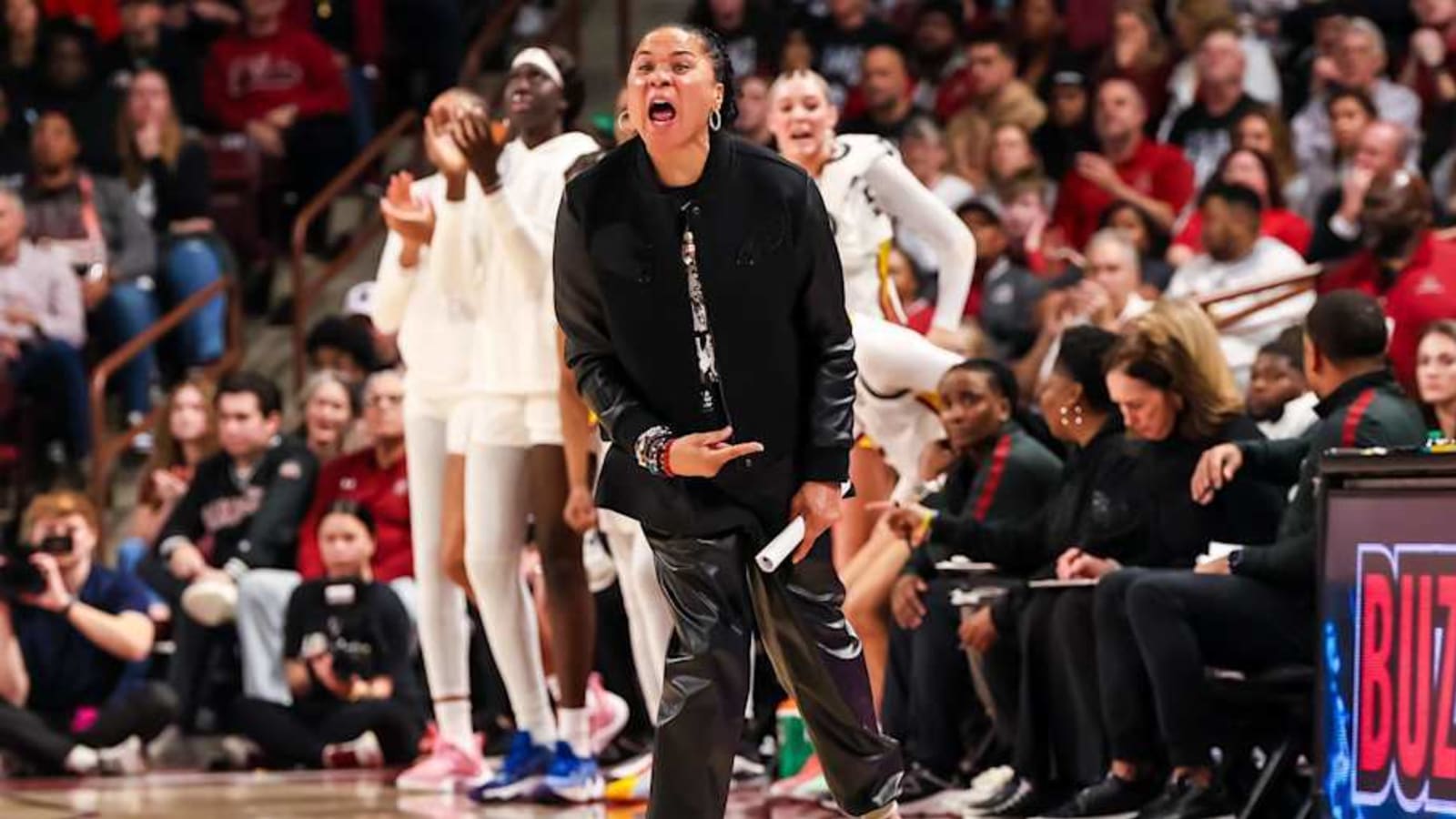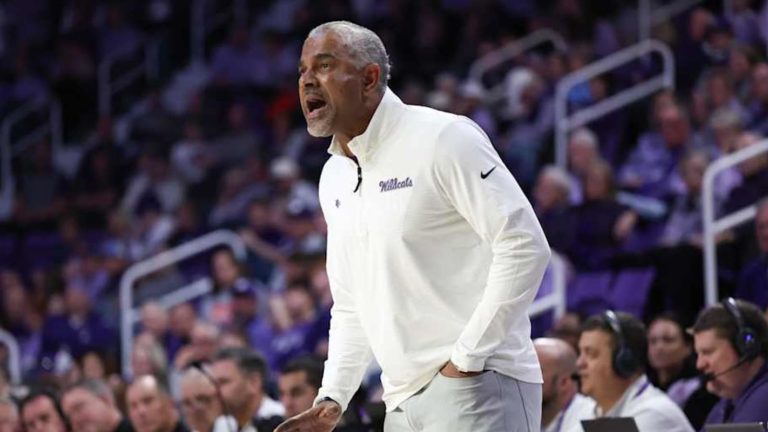USC Gamecocks Women’s Basketball: ‘There Should be Concern in Columbia’ Per ESPN
Following South Carolina’s big loss to UConn this weekend, ESPN is reporting that fans should be concerned.

The South Carolina Gamecocks earned their third loss on the season this past weekend and their second loss in eight days, and it was an ugly one. Despite being the home team, UConn defeated the Gamecocks by a final score of 87-58.It’s South Carolina’s third loss to a top 10 team this season and according to one major news outlet, it calls for major concern.
South Carolina shot 17.6 percent from three and 37.7 percent from the field. They also turned the ball over 12 times while the Huskies shot 46.4 percent from behind the arc and 43.7 percent from the field. Here is what head coach Dawn Staley had to say after the loss:
“Since we are on the higher-education grading scale on a college campus, I’d give it an F. An F. This season is a LONG season, right? You play a team like UConn right now and you win? It may have some ill-effect on your next game. You lose? And it will definitely wake you up. Hopefully it’s the latter for us and we can get back going against Arkansas on Thursday.”
Gamecocks have still had an impressive season thus far and are still in a strong position to make the NCAA tournament and defend their national title from a season ago. But according to ESPN, there should be some concern in Columbia.
“There should be concern in Columbia,” Creme wrote for ESPN. “It wasn’t just that South Carolina lost twice in its past three games, it’s that two teams beat the Gamecocks in different ways. In the past few years and even earlier this season, the window of opportunity to beat South Carolina was a small one: Opponents had to be physical, make open shots and avoid turnovers — and it had to be all three. Not this week. Texas didn’t make a single 3-pointer and committed 13 turnovers but still beat South Carolina. UConn did it by making 3-pointers — 13 in all. The Gamecocks have more vulnerability than we have seen recently, and Texas and UConn exposed it in two distinctly different ways.”





